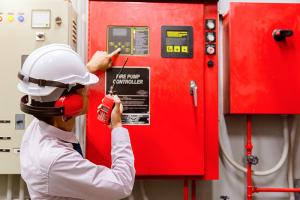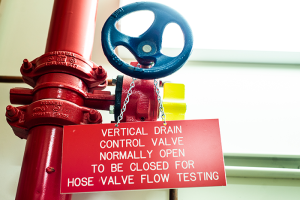Health care microgrids attract NFPA attention
The Department of Energy defines a microgrid as a group of interconnected loads and distributed energy resources within clearly defined electrical boundaries that act as a single controllable entity with respect to the grid.
Realizing that we need to rethink how we utilize energy resources, a National Fire Protection Association (NFPA) technical committee is addressing this in the next edition of NFPA 99, Health Care Facilities Code. The committee purposely identified a microgrid as a “health care microgrid” to acknowledge the specific electrical requirements unique to health care.
A health care facility requires a distribution design to establish isolation of the multiple paths of power to assure redundant sources of power while not creating a single point of failure. The dilemma today, though, is the limitations of technology and available resources to accomplish this goal without compromising the integrity of the electrical distribution.
This has raised additional discussions about acceptable sources for the essential electrical systems for health care facilities. Standard practice today is that a hospital has primary power supplied by a utility while the essential systems power is provided by diesel generators.
NFPA 99 is evolving to acknowledge that additional energy sources may be viable options for essential systems and may also contribute to a microgrid solution. The increasing reliability of sources such as fuel cells, photovoltaics, wind and geothermal are starting to become more feasible options. With these alternate resources, utilizing a health care microgrid could provide additional redundancy and resiliency beyond the traditional systems installed in health care facilities today and could have a significant financial benefit to a facility’s energy budget and a reduced capital cost.
These changes have ignited a robust discussion about rethinking the traditional design premise while maintaining the intent of the separation and isolation of the electrical systems. Making a shift to this technology, if implemented correctly, could not only be cost effective and improve reliability but could revolutionize how we think about power distribution in health care.
Chad E. Beebe, AIA, FASHE, CHFM, Deputy Executive Director of Advocacy, ASHE.




